If your ultimate career goal is to design theme parks then the number one book on your “Must Read” list is Theme Park Design & The Art of Themed Entertainment by David Younger. It’s the most comprehensive guide on how theme parks are designed. We recently caught up with author David Younger and got to know more about him and what went into researching and writing such a valuable tool for the industry we all love. Thanks to David for taking the time to answer our questions.
C101: For those who don’t know, can you please give a brief introduction about who you are. Do you have a background designing theme parks?
DY: Well I should say that I’m relatively new to the industry, and actually began writing the book as part a postgraduate degree to redirect my skill set. While doing my undergraduate degree in film design I found there was a wealth of material on film-making – entire books on screenwriting, cinematography, special effects and so on, but the amount of comparative material on theme park design was tiny. I knew that knowledge and technique existed, it had just never been fully written down before – so I figured I’d write it down myself!
The process of doing the book gave me the opportunity to meet and talk with literally hundreds of designers, and learn directly from the best in the business – all while writing down what they told me so that like me, others can learn from them too. Because I am new to the industry, I didn’t want to prescribe any particular approach to design – my aim was to document all the possibilities theme parks have found so far, and show just how innovative, exciting, and varied theme park design can be.
And of course, the best outcome from writing the book was that I was invited to Walt Disney Imagineering in California to work there for a period of time as a creative designer. As the executive that brought me in said to: “You can’t write a book about theme park design without experiencing Disney!”
C101: What was it like interviewing Disney Imagineers and other legends of theme park design?
DY: It was fantastic, and I’ll never be able to thank the industry for how open and generous they were with their time. Before the interviews, these people were just names in a book that I read about abstractly, no more real than Mickey Mouse to me – but in talking to them, I got to learn about all of their their trials and successes on the projects that I’ve grown up experiencing. I think in any art form, the most skilled practitioner is the one that makes what they do look effortless, and I think that definitely applies to theme parks. The design should be so good, you never realize the carefully chosen design decisions that go into making it a seamless experience – but in talking with the designers, I got to have all of those intricacies pointed out to me! I know a lot of theme park fans know about Forced Perspective, Wienies, and Hub & Spokes for example, but when you dig deeper you find so many other techniques that I was able to put into the book – Managing Expectation, Multilevelling, Directed Viewing, Weighting, Organicity, Double Duty, Acquisition, Reuse – and much, much more, all of which are just as fascinating.
C101: Indeed, and your book contains this colossal amount of valuable information. So how long did the process of researching and writing it actually take?
DY: Thank you very much! Well, from beginning to end, it took about four years, although there were periods where I needed to stop working full time on it – like when I was at WDI. The first stage was book research, pulling together all of the information that was already out there in books and existing interviews. After that I began my own interviews, seeking out project leads and designers with specialized knowledge, in doing so visiting theme parks and design studios around the world. Then there was a huge amount of time organizing all of that information, and finally I wrote it all up! I’m working on a second book at the moment, and hope it won’t take nearly as long this time!
C101: Have you always been interested in theme parks? What fuels your passion for the industry?
DY: Absolutely! I think Disneyland Paris opening when I was five years old meant I was the perfect age to be exposed to what was then the perfect theme park, and I think it’s no surprise that the fascination has stayed with me. What makes people like theme parks is actually one of the topics I cover in the book, and in addition to ideas like escapism, fun, sociability, play and so on, one of the most interesting ideas I found was that theme park guests can be divided into three groups depending on what attracts them: World Travelers, Character Huggers, and Thrill Seekers.
World Travelers are those people that like being transported to another world so convincing it could be real, like the streets of Hogsmeade in Universal’s The Wizarding World of Harry Potter, or 1920s New York in Tokyo DisneySea’s American Waterfront. Character Huggers love the stories and characters they’ve seen in books and films, and love the theme park’s ability to bring them to life, particularly seen in things like Epcot’s Turtle Talk with Crush, and Universal’s Cinematic Spectacular. And Thrill Seekers of course come to theme park for its physicality, with things like SAW: The Ride at Thorpe Park, or even the tea cup ride at Disneyland. While I of course love characters and thrills, I’m definitely predominantly in the first group – I love creating and entering fictional worlds and that enable adventures that transform you into a pirate, or a superhero, or a wizard, and so on. Movies let you see that, but theme parks allow to you to be part of it!
C101: Do you have any advice for aspiring theme park designers? Are there any common misconceptions about theme park design that students should be aware of?
DY: The biggest misconception I think is in overlooking how much there is to theme park design. It’s not simply coming up with the ideas, but developing those ideas across the more than one hundred and forty disciplines that make up themed design, and dealing creatively with operational realities. With so much that goes into a theme park, the best advice I’ve seen is to find what you’re good at, whether that’s illustration, engineering, show writing, sound design, project management or whatever it might be, and work at it until you’re the best – there’s usually a place for it within theme park design.
And of course, one of the major reasons I wrote the book is to give people a head start in themed design, and I genuinely think reading it will provide a lot of information very quickly. Bob Gurr, the legendary designer that created everything from the Matterhorn Bobsleds to the original King Kong animatronic at Universal Studios Hollywood very kindly wrote about my book: “The truly successful endeavors are typically created by folks with vast experience learned the hard way. Sometimes this knowledge is shared with newbies only reluctantly. So where will you find this precious information to create your dream? David Younger’s Theme Park Design, a colossal compendium of not just his expertise, but the best guidance that has been collected from the best in the business.”
C101: Where do you see the future direction of theme parks and attractions going? More VR and projection screens?
DY: What’s surprised me is how much has already changed in the themed design industry since the book came out less than a year ago. SeaWorld’s business model as a marine park looks set to completely change; and virtual reality has exploded within attractions and roller coasters. It’s always going to be hard to predict where theme parks will go, but past trends have suggested that new technologies, like projection screens, have a tendency to settle down and become yet another effective tool in the themed designer’s toolkit, rather than taking center stage as a gimmick. No matter what happens, people are going to want to step into physical worlds, and we should applaud that theme parks are really stepping up to deliver that at the moment with lands like Diagon Alley and Pandora. Screens can be used to augment that, but they’re never going to replace it. One of my favorite quotes in the entire book comes from Tim Kirk, an amazing designer who worked on projects like Disney-MGM Studios and MuppetVision 3D: “What we always try to achieve is this sense of total immersion, and you can do that to a certain extent digitally of course, and with virtual reality and things like that, but there’s still something to be said about walking through a physical environment. […] There’s still something about having your feet planted on cobblestones.”
C101: In your opinion, what are the best theme parks and theme park attractions found in the world today? Do you have a personal favorite that you’ve visited?
DY: My two favorite attractions are the original Pirates of the Caribbean in Disneyland, and the Indiana Jones Adventure in Disneyland, which I think are jewels of early and modern theme park design respectively. While there is a lot of focus in my book on Disney (mainly because there’s so much less information out there on non-Disney projects – a situation I do hope to correct), my appreciation for themed design spans a lot of different parks and studios. Universal Studios have really been knocking the ball out of the park in the past few years with projects like Diagon Alley; PortAventura in Spain has some of the best land design in the world; Efteling in the Netherlands has a captivating style to it and feels magical in a way that’s very unique to it; Knott’s Berry Farm has some amazingly creative attractions (both old and new); Las Vegas’s themed architecture has some breath-taking moments, and even small folly gardens in the British countryside can be wonderfully charming – I could go on and on!
In terms of parks, I adore Tokyo DisneySea, and especially Disneyland Paris, which was the park that introduced me to theme parks when I was just five years old, and which still continues to amaze me when I look at how clever its designers were in creating it. Discussing Disneyland Paris’s design with Tony Baxter, the lead designer on the project, was a real highlight of the writing process.
Thanks again to David for taking the time to answer our questions and for assembling such a great resource for aspiring theme park designers. Theme Park Design & The Art of Themed Entertainment is available to purchase in hardback or paperback editions from www.ThemeParkDesignBook.com, Amazon, and other bookstores, and can be found on Facebook at www.facebook.com/ThemeParkDesignBook.


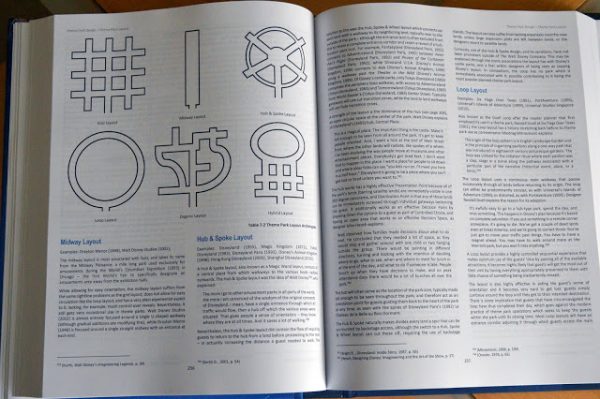
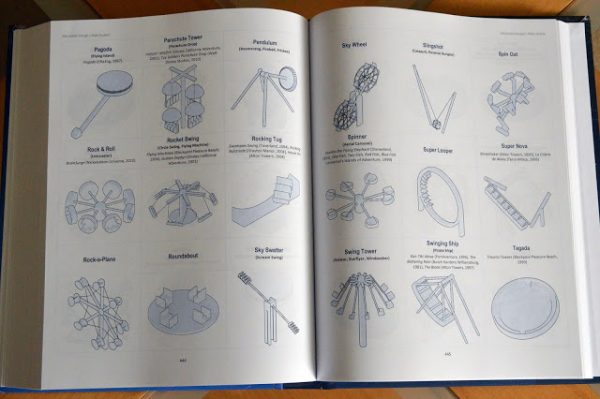
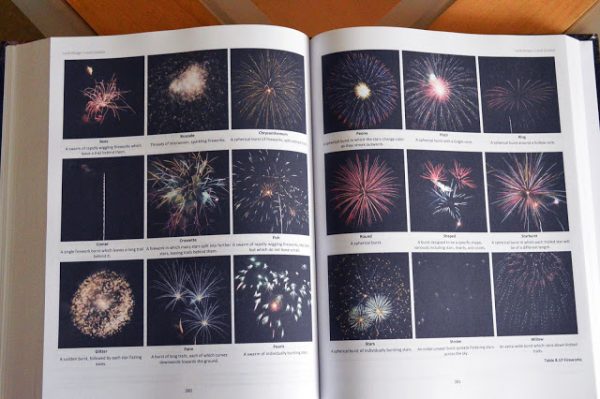
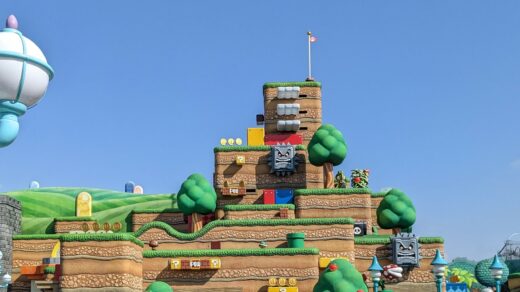
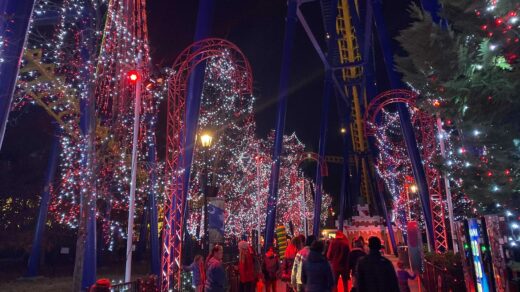
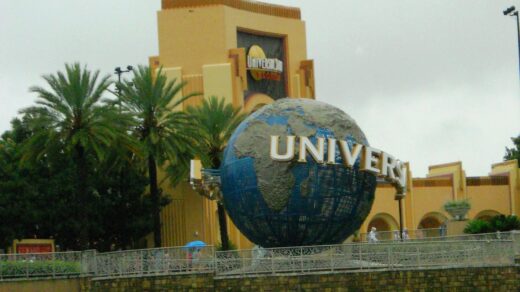



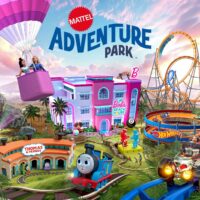





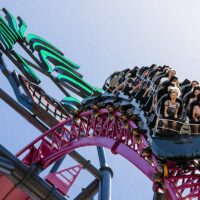
Recent Discussion